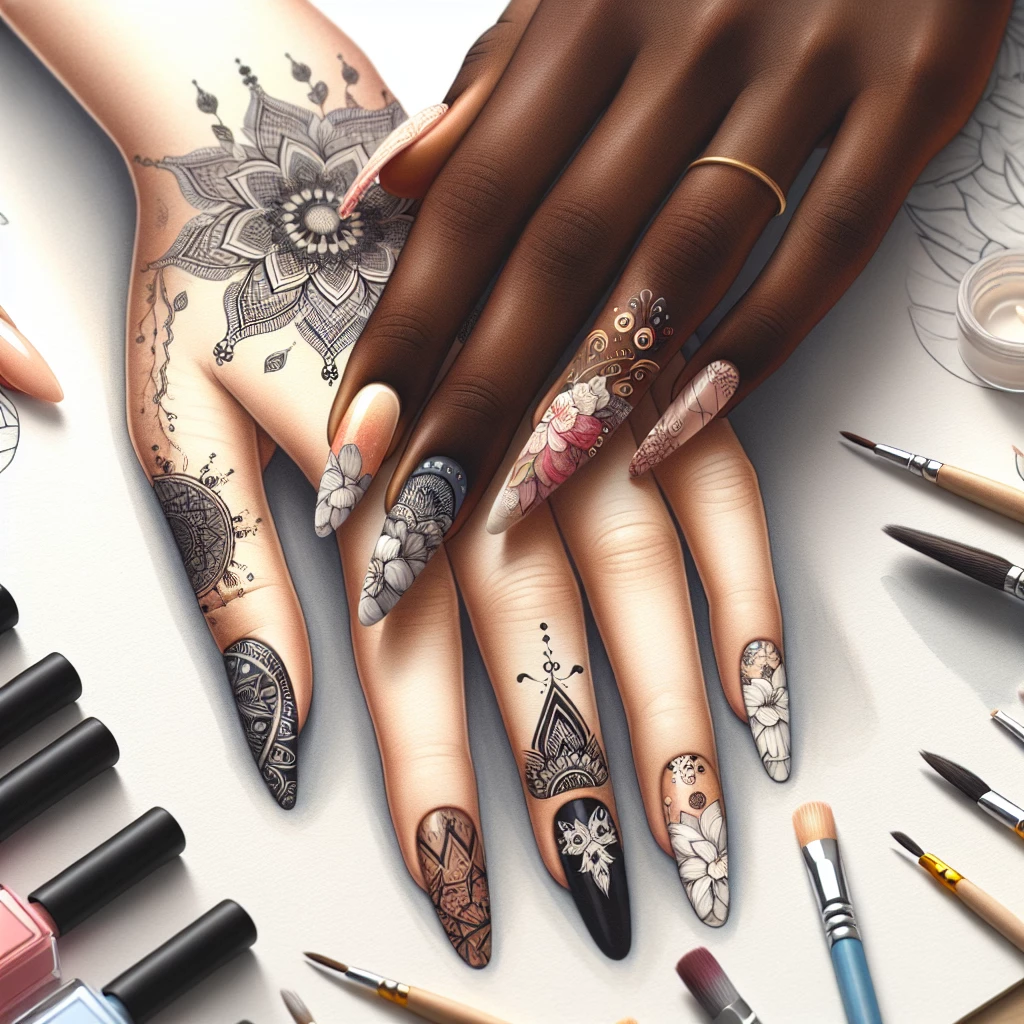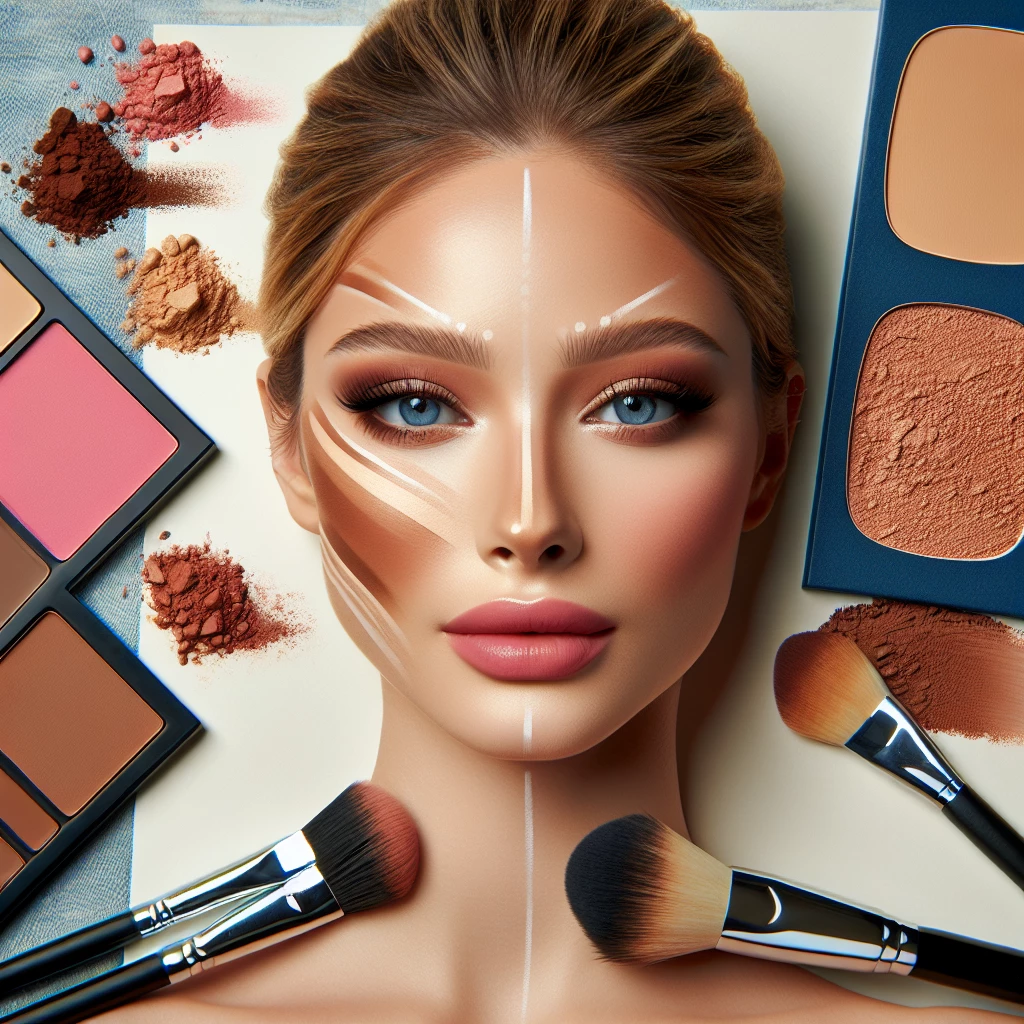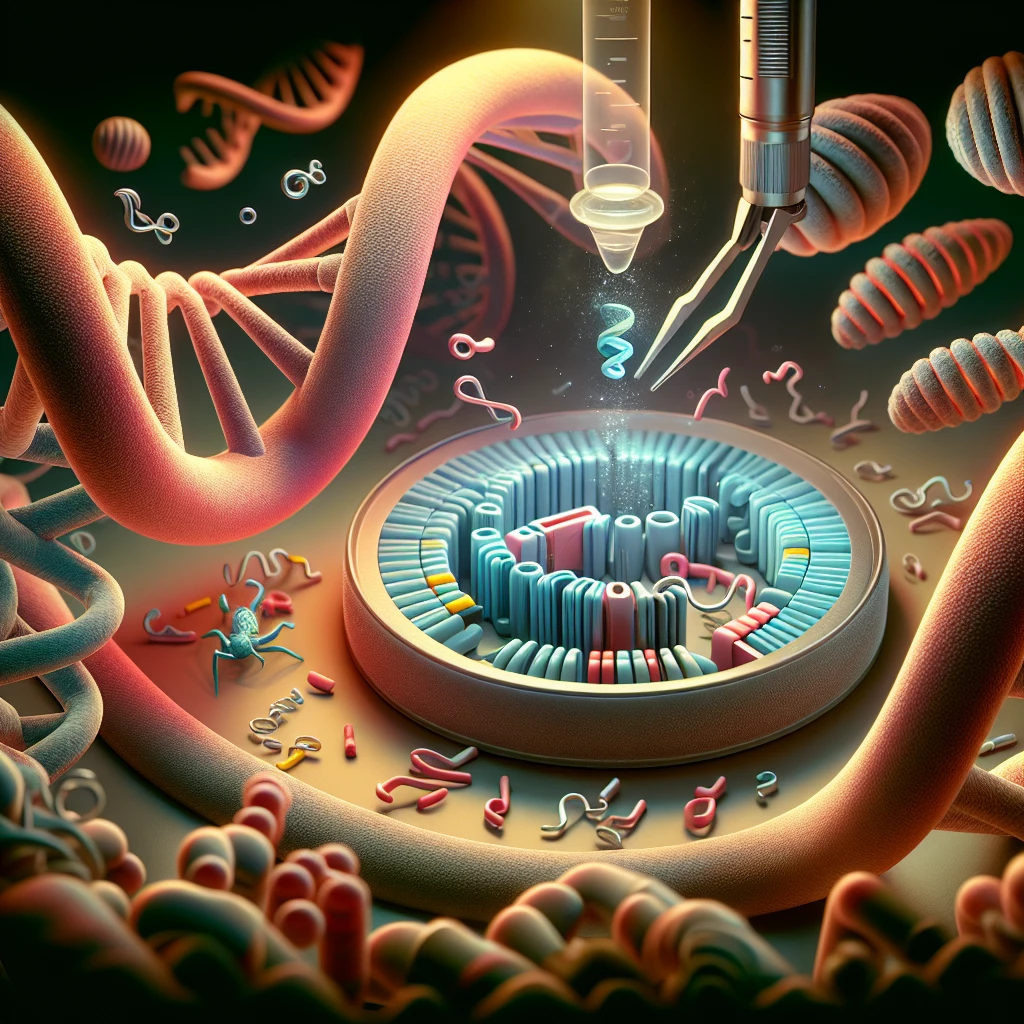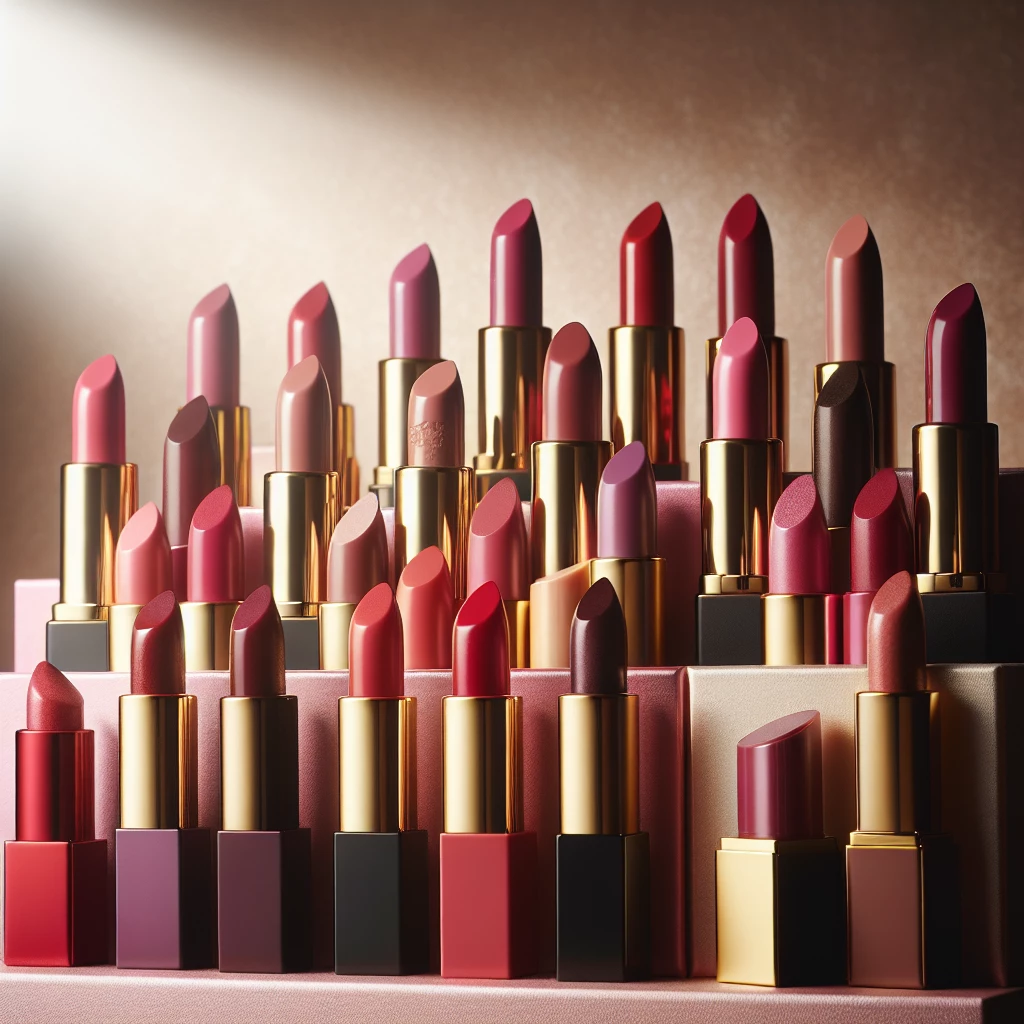Welcome back to Makeup Queens, where we believe in amplifying beauty through the art of makeup. Over time, cosmetic products like lipstick have evolved to cater to the complexity of our aesthetic needs, becoming more about personal expression and less about fitting into a single beauty standard. With the vast array of lipstick shades available today, it can be overwhelming to explore outside of our comfort zone. However, understanding color theory and the relationship between lipstick shades and our skin tone can revolutionize the way we approach our makeup. This blog will take you on a journey to unlock the potential of lipstick shades.
Understanding Color Theory in Makeup
Color theory plays a significant role in makeup application. An understanding of it helps us to determine what color combinations can best suit our skin tone. It's not just about picking colors that are in trend, but about finding what enhances our features.
Hues are divided into categories: primary, secondary, and tertiary. The primary colors are red, yellow, and blue. When mixed equally, they make secondary colors: green, orange, and violet. Further, the combination of a primary and secondary color results in tertiary colors.
The Color Wheel is a smart tool to employ. Complementary colors, which are opposite each other can create a vibrant look, whereas analogous colors, which are next to each other, can help to create a more harmonious look.
Knowing Your Skin Tone
The key to picking the right lipstick color is knowing your skin tone. There are typically four categories: light, medium, tan, and dark. Each of these can tilt towards being either warm, cool, or neutral.
Identifying the colors that suit your skin tone can drastically enhance your makeup output. Warm skin tones lean more to yellow, peach, and golden undertones. These skin tones can work well with shades of orange and coral. Cool skin tones, on the other hand, have pink or bluish undertones and can work with shades of blue, purple, or rosy pink.
The key is always to remember to balance; brighter colors can create a perfect contrast with darker skins while deep shades can bring out the best in a light skin tone.
Choosing the Right Lipstick Shade
When it comes to cosmetics, lipstick is one that holds a lot of power. The right lipstick shade can transform your face, make your eyes pop, your skin glow, and give you a more polished look.
For warm skin tones, lipsticks with a base of yellow or gold look best. This can range from peachy nudes to deep, fiery reds. Cool skin tones, however, can opt for lipsticks with pink or blue base – from pastel pinks to berry shades.
One can also experiment with different textures and finishes – while matte lipsticks give a more polished look, glossy lipsticks can make lips appear fuller and satin finishes provide a healthy, nourished look.
Rules are Not to Be Followed All the Time
Bear in mind that when it comes to makeup, rules can always be broken. If there's a color you love that doesn't quite match the 'rules' – go for it anyway! What really matters is that you feel confident and beautiful, because that is what makeup is all about – enhancing your natural beauty and comfort.
Whether it's a soft pink that goes against your dark skin matte look, or a fiery red that pops against your fair and shimmering base – your unique style should shine through your makeup.
Play around with the color wheel and the vast variety of lipstick shades out there. Experiment with cool and warm shades, mix and match your lip colors with your outfits, and have fun!”
Unlocking the power of lipstick is an exciting process. A harmonious blend of color theory and an understanding of your unique skin tone can aid in an awe-inspiring transformation through makeup. Remember, it's more than just art – it's a form of self-expression. Don’t be afraid to break the rules, and above all, enjoy the beautiful journey of self-discovery through the world of cosmetics.

In-depth Dive into Nail Art
Get inspired by the latest trends in nail art and learn about the essential products for the same.

Glitter Makeup: Dazzle with Grace
Understand the do's and don'ts of glitter makeup and unveil the products that can help you sparkle.

Contouring 101: A Beginner's Guide
Comprehend the art of contouring and explore the best products to achieve that perfect sculpted look.

Decoding the Function of Primers
An overview of the uses, benefits, and the must-have primers for your daily beauty regime.
